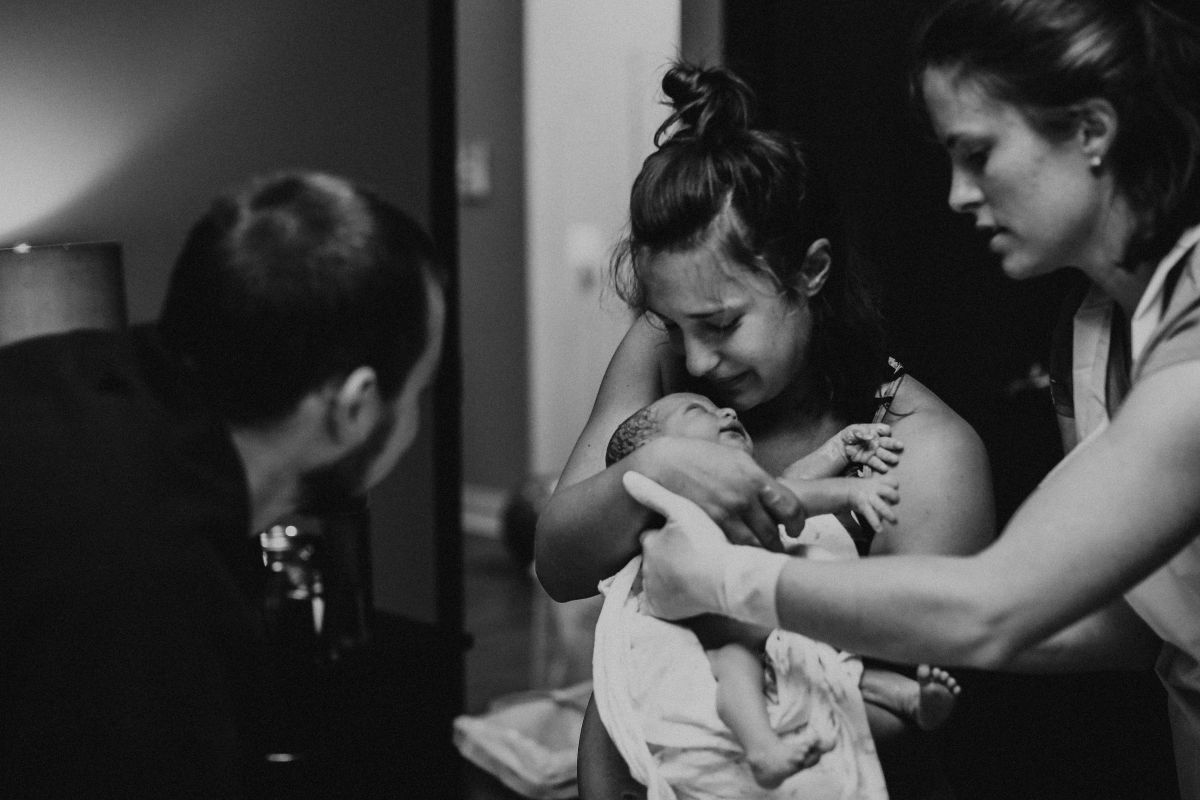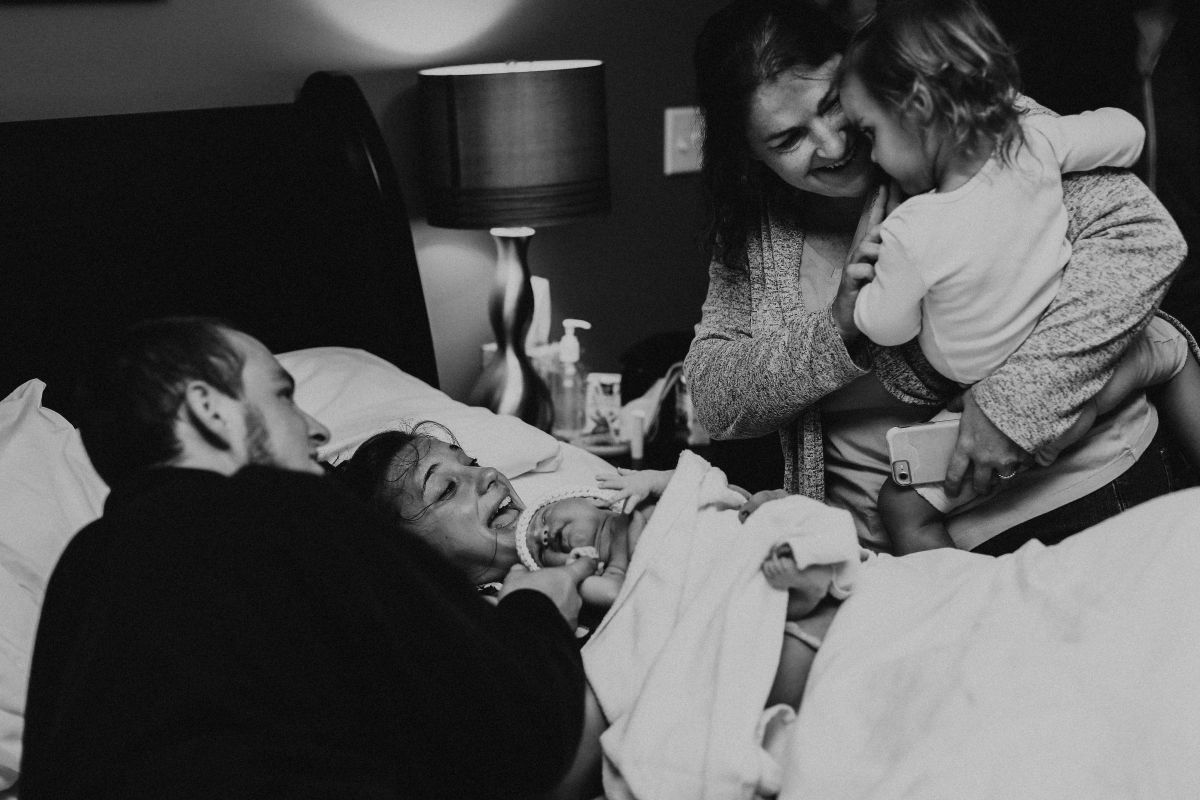Breastfeeding is a totally natural part of motherhood, but that does not mean it comes easy for many moms. Any good breastfeeding class will teach mothers about how to latch their baby well and how to feed-on-demand to support a healthy milk supply. While these are two vitally important aspects of breastfeeding success, preparing for the lifestyle of breastfeeding is just as critical. Furthermore, when a women learns to fully embrace these lifestyle changes, she may find that nursing her baby comes with so many unexpected rewards as well. So if you’re expecting a baby or you’re new to the breastfeeding gig, here’s a few things to mentally prepare for.
Prepare to Ask For Help From Many Different Professionals
The first thing to prepare for as a new breastfeeding mother is that you will likely have to ask for help. While many babies latch well immediately after birth, this is not always the case. Fortunately, there are a plethora of nurses, lactation consultants, doulas, and even pediatric dentists who are filled with expertise on getting a baby to latch well.
However, you often have to take the initiative to go to them.
Especially in the first few weeks of breastfeeding, plan on making a couple appointments with professionals who can assist you. Many hospitals offer free support which is wonderful but you might also decide to set aside some money to pay an independent lactation consultant who can come to your home.
Furthermore, if your baby has a tongue or lip tie, you may need to have a dentist revise it.
While all of these appointments can create a bit of chaos in the first few weeks after baby’s arrival, doing so will set you up for painless nursing and a healthy supply going forward. Plus you will end up with a team of professionals in your corner who are rooting for you all the way.
Prepare for Second Night Syndrome
Your hospital or birth center may or may not warn you about “second night syndrome” a name given to describe the extremely common rough second night after a baby’s arrival. During this night, your baby suddenly discovers he is no longer in the comfort of the womb and is instead in a big, new world. He will also realize his greatest comfort is at the breast and will likely want to stay there all night long. If you take the breast away and try to put him down to sleep, he will likely start screaming.
This is totally normal. Take a deep breath and know that you will get through it.
Plan to nurse your baby as often as he wants as you wait for your milk to come in. He will learn to latch and suck properly and your body will know to start producing more milk.
Make sure someone is available to help you through the first few nights. If you have other children, it may be best that they stay with a grandparent for a night or two while you transition. And as cliche as it sounds, plan on napping whenever the baby naps for the next few days. You will need as much sleep as you can get!
Colostrum is your body’s first milk and it’s so rich in nutrients and calories. Additionally, your baby’s stomach is the size of a grape at birth. So, a couple drops of colostrum at each feeding is more than sufficient to sustain your baby while you wait for your milk to come in.
Prepare to have patience, endure a rough night or two, breastfeed as often as the baby wants and when your milk comes in it will be in healthy supply.
Prepare to Make New Friends
In order to breastfeed successfully, it is vital that you have an army of people around you who are supportive of nursing. It is especially helpful if they are currently breastfeeding their own babies. Women need other women who are understanding, caring, and encouraging and it’s no different when trying to adjust to a brand new lifestyle of motherhood and breastfeeding.
If these friends don’t already exist in your life, plan to join a breastfeeding support group where you can make new friends. They will be your biggest cheerleaders, you will know you’re not alone, and you might find these friendships stick with you well past your breastfeeding days.

Prepare to Trust Your Body
Because we never know exactly how much our babies are consuming during breastfeeding, many women are concerned they do not make enough milk. In the United States, claims of low supply are rampant, causing many mothers to fear that they, too, will struggle.
But be encouraged, the vast majority of women are able to produce enough milk for their babies once baby has developed a good latch. (Thyroid disease, PCOS, postpartum depression etc. may cause an issue with supply BUT this is not always the case and many women with these conditions can still breastfeed partially or exclusively.)
Nurse on demand, whenever your baby is soothed by it, and most likely your body will know just what to do. Trust the process, mama. You’ve got this.
Prepare to Trust Your Baby
Feeding on demand can be a little overwhelming, especially because in our culture, we rely heavily on schedules. But the truth is, babies do not understand that they are supposed to eat every 3 hours and they can’t tell time even if they did get that memo.
However, babies were biologically designed to cry out for exactly what they need exactly when they need it. So it’s helpful to trust your baby and nurse her whenever she is soothed by it because nursing by the clock is one of the biggest hindrances to milk supply.
So mama, embrace the freedom that your baby gives you as you learn to trust him and follow his lead. You will be a wonderful mom regardless if your days are scheduled or not.
Prepare to Breastfeed… A lot
Many mothers find that their baby wants to nurse more often than the recommended “2-3 hour” time slots. During some parts of the day a baby may nurse every hour. This is called cluster feeding. It is normal and does not indicate a low supply.
It’s important to remember that breastfeeding satisfies so many of your baby’s needs beyond simple calories. If she is thirsty, if she needs help pooping, if she is in pain, if she is battling illness, if she is scared, if she needs to sleep, or if she needs basic comfort, she will find help at the breast. Nursing was designed so amazingly well!
So stock up on movies to watch and books to read to keep you entertained as you nurse. Mentally prepare to breastfeed your child often, both day and night. This is the best way to build supply and often the simplest way to keep your baby happy. Embrace this gift, mama.
Prepare to Eat
It takes about 300-500 extra calories a day and a couple extra cups of water to make enough milk for a baby. This means that for the average woman, eating less than 1800 calories a day may cause trouble with milk supply. There’s a few reasons many women have trouble reaching this caloric goal: 1) They forget to eat while hustling all day to take care of their baby, 2) They are trying to lose weight too quickly, and 3) Postpartum Depression has significantly reduced their appetite.
In regard to the first situation, be prepared to have high quality snacks in your fridge and pantry at all times. Make extras at dinner so that there will be leftovers for lunch. And prep fruit and vegetables ahead of time so you can quickly grab them when needed. Remember, you have to take care of yourself in order to take care of your baby so don’t feel bad about making time to eat.
In the second situation, remember that healthy weight loss takes time. Focus more on responding to your body’s hunger cues with whole, healthy choices rather than denial. It may be helpful to count calories, but it’s important to treat breastfeeding like a cardio workout. You must make up those extra calories so that your net caloric intake is at a healthy level. So if you need to net 1500 calories a day in order to lose one pound a week at your current weight, you actually need to eat 1800-2000 calories a day to make up for breastfeeding. As your baby continues to nurse in their first year and beyond you are likely to find that maintaining a healthy weight is easier than it ever was before, but it’s important to have patience and prioritize your overall health above the number on the scale.
And lastly, postpartum depression is a battle all its own, and to any mama struggling with it, remember that your mental health is incredibly important. Focus first on getting the support and resources you need and then later you can focus on breastmilk supply. You’re a wonderful mom and your supply does not change that ♥️
Prepare to Feed in Public
Whether you use a cover or not is completely up to you, but getting comfortable with breastfeeding in public allows many new moms a sense of freedom that they desperately need. When women feel they cannot nurse in public, they end up staying home all day or they leave parties when they need to feed. This can often make a woman feel isolated which can be a catalyst for postpartum depression. This fact alone has been one of the biggest reasons why I choose to breastfeed in public.
Some women find that practicing breastfeeding in front of a mirror gives them confidence that they can modestly nurse in public. It may also be helpful to practice nursing in different positions so that you and your baby feel more comfortable feeding in whatever situation you find yourself in.
Whether it’s in a ring sling at the store, in the middle of a restaurant or in one of the many new breastfeeding rooms being offered in public places, prepare your mind now to feed your baby outside of the home.
Breastfeeding is a unique lifestyle but it never has to completely interfere with any of your other lifestyle choices. So take heart mama, you don’t have to give up doing what you love!

Prepare to Consider Bedsharing
While sleeping arrangements are definitely a personal decision and not one that I want to interfere with, I do feel it’s important that breastfeeding moms feel the freedom to bedshare if they desire. Cosleeping may not be the norm in the modern day United States but it is the norm in the rest of the world and for most of history.
The truth is, most breastfeeding infants need to be fed often throughout the night and if a women has to get out of bed to feed her baby in the nursery she will likely wind up exhausted.
But bedsharing allows her to feed and comfort her baby while laying down next to him. She doesn’t even have to fully wake up, let alone sit up in bed. Her baby is soothed all throughout the night and as a result, bedsharing, breastfeeding moms generally get the most sleep.
So as you prepare to breastfeed, consider looking up safe cosleeping requirements and opening up your bed. Again, this is completely your decision but with this option you may find that motherhood doesn’t have to be as tiring as society makes you believe.
Prepare for Breastfeeding to Be Difficult But Then to Get So Much Easier
The truth is, breastfeeding often starts off hard. There is so much to learn while also recovering from birth, regulating hormones, and losing sleep. It can feel down right overwhelming. But the good news is, breastfeeding usually gets easier every week and often in the 6-12 week range it begins to feel like second nature.
While bottle feeding may feel easier at the beginning, many women find that breastfeeding is easier long term because there is no need to buy formula, pack formula, make bottles, warm bottles, and wash bottles.
Of course different women will have different experiences but if you can prepare to endure through the first couple months, you may find breastfeeding your baby to be a quick and smooth way to nurture him.
In conclusion, breastfeeding is a unique lifestyle that comes with a brand new set of challenges. As we’ve seen, it can affect who we talk to, who we hang out with, what we eat, and how we sleep. But when the breastfeeding lifestyle is fully embraced, it can be an incredibly rewarding process for many women.
What would you add to the list?


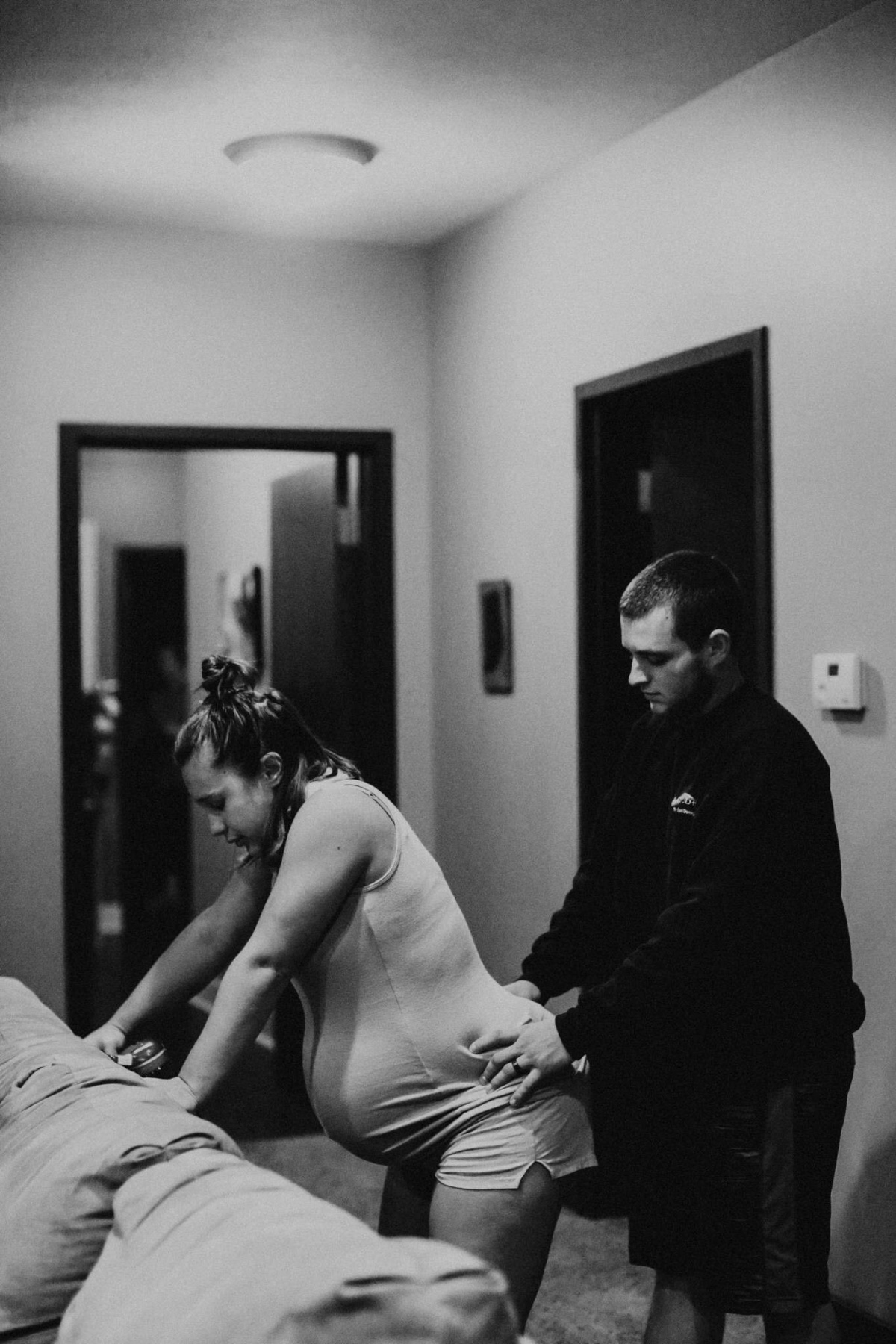
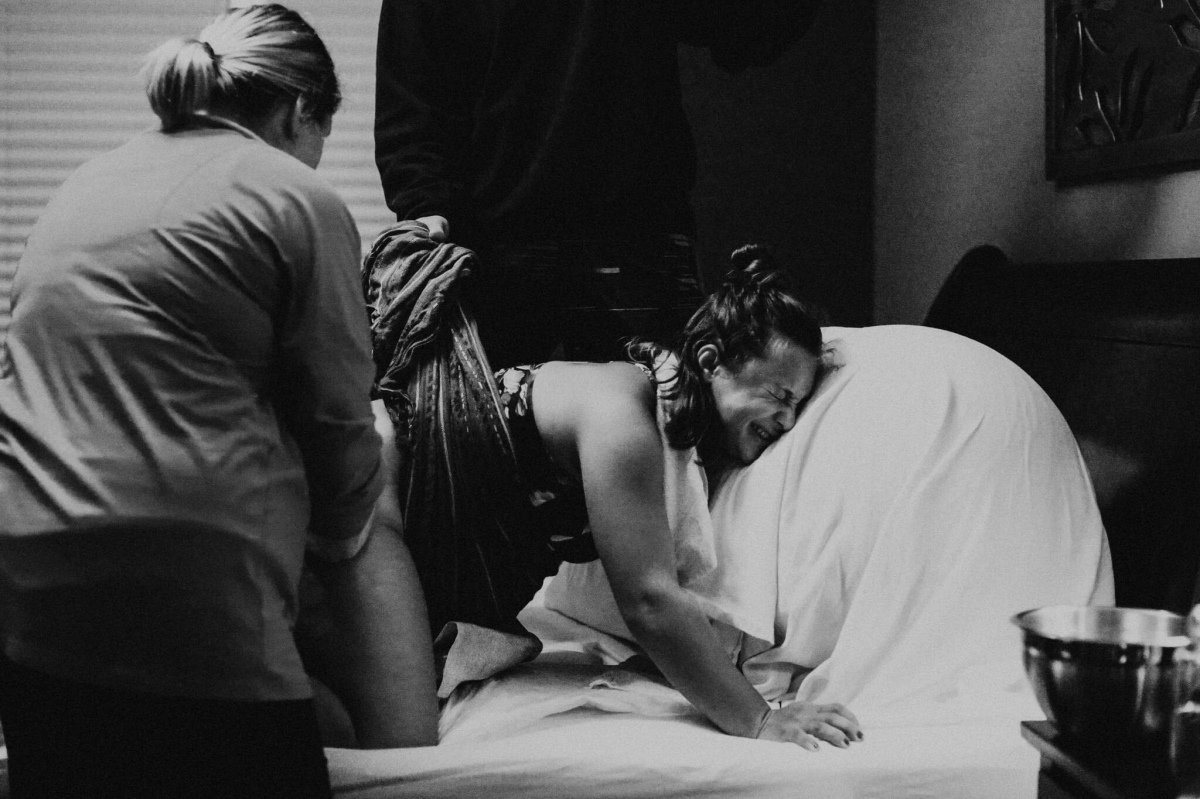

































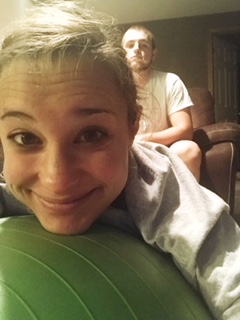






 After an hour of that, my midwife checked me and found that I indeed had a little anterior cervical lip left which was blocking the baby from coming down. Lesson learned. Through the next couple contractions she had to try to push the lip away while I pushed, which was definitely a painful process. But the relief when she told me we had moved the baby through the cervix was so rewarding.
After an hour of that, my midwife checked me and found that I indeed had a little anterior cervical lip left which was blocking the baby from coming down. Lesson learned. Through the next couple contractions she had to try to push the lip away while I pushed, which was definitely a painful process. But the relief when she told me we had moved the baby through the cervix was so rewarding.
